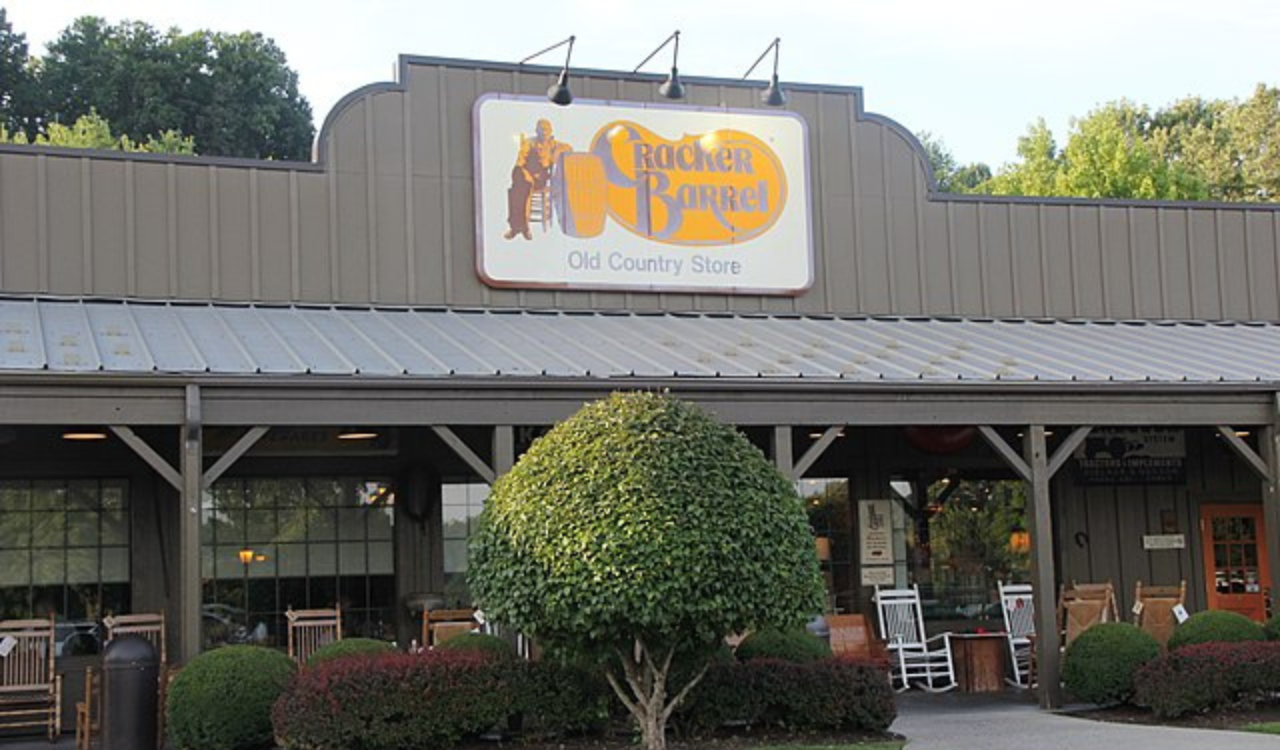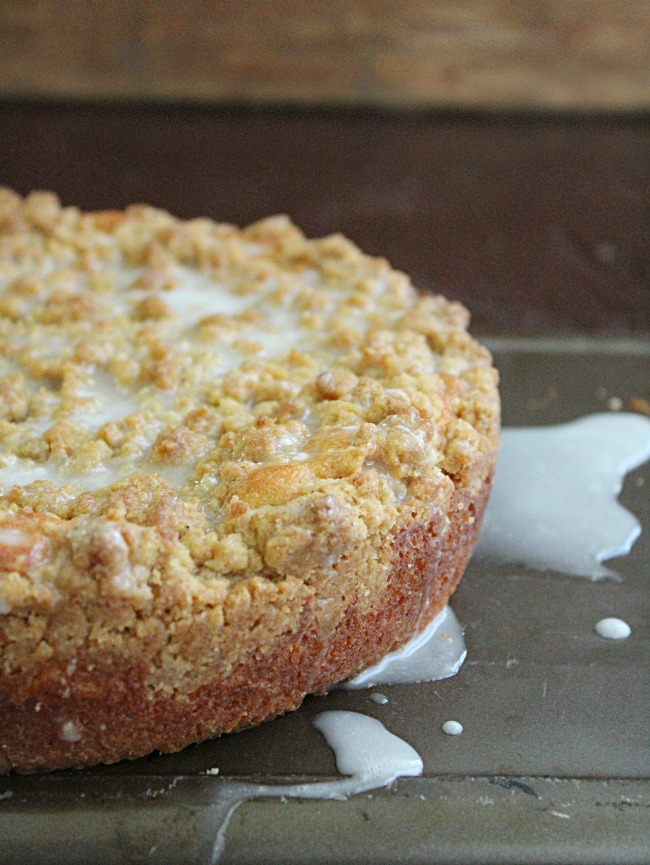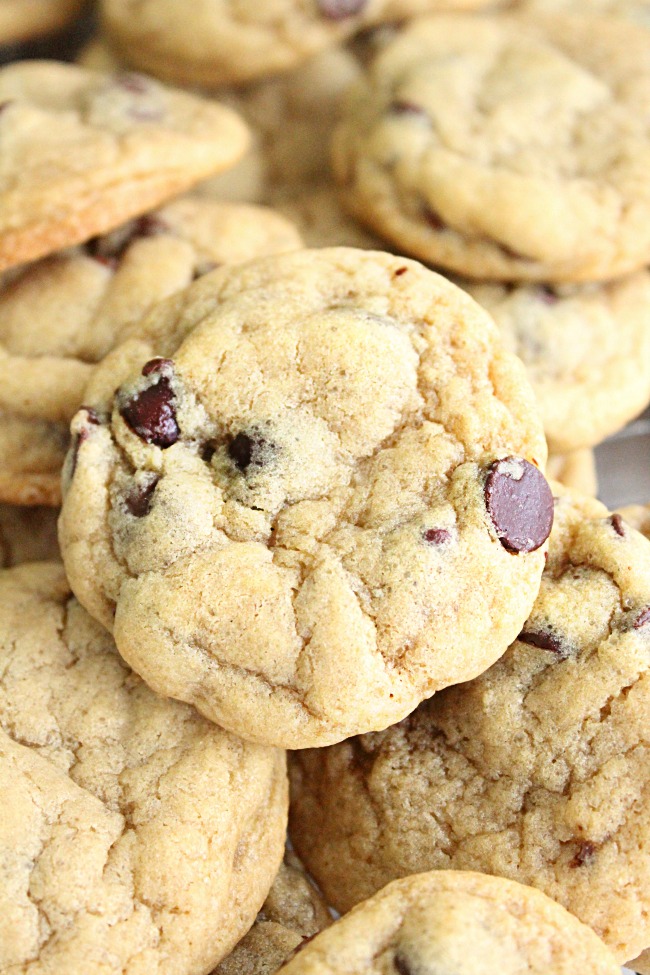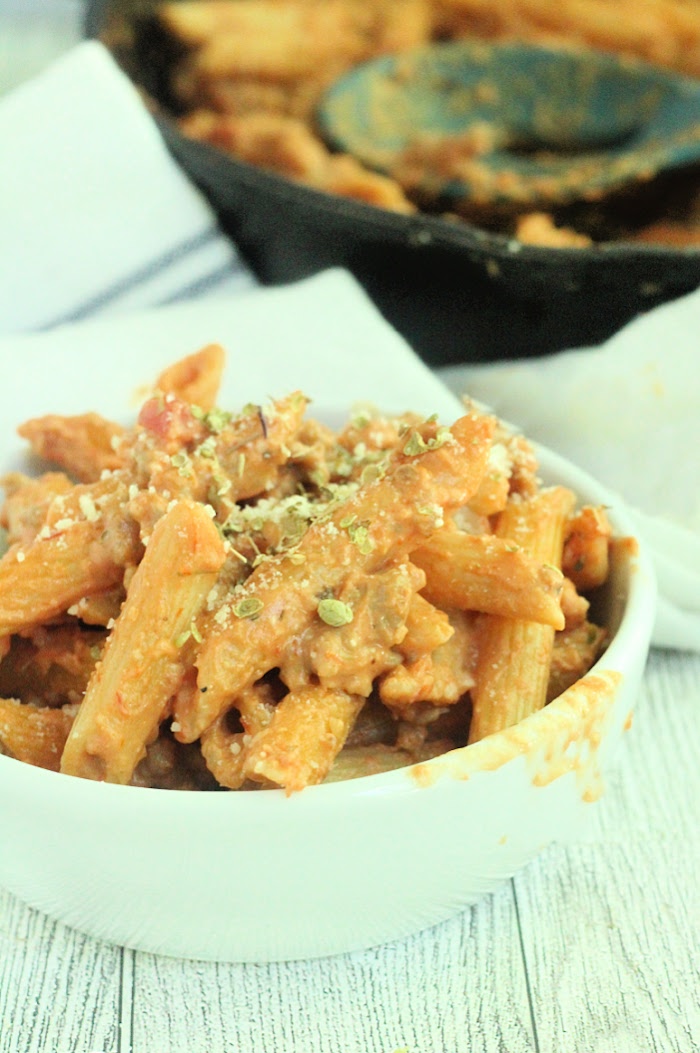10 Store-Bought Butter Brands Ranked From Worst To Best
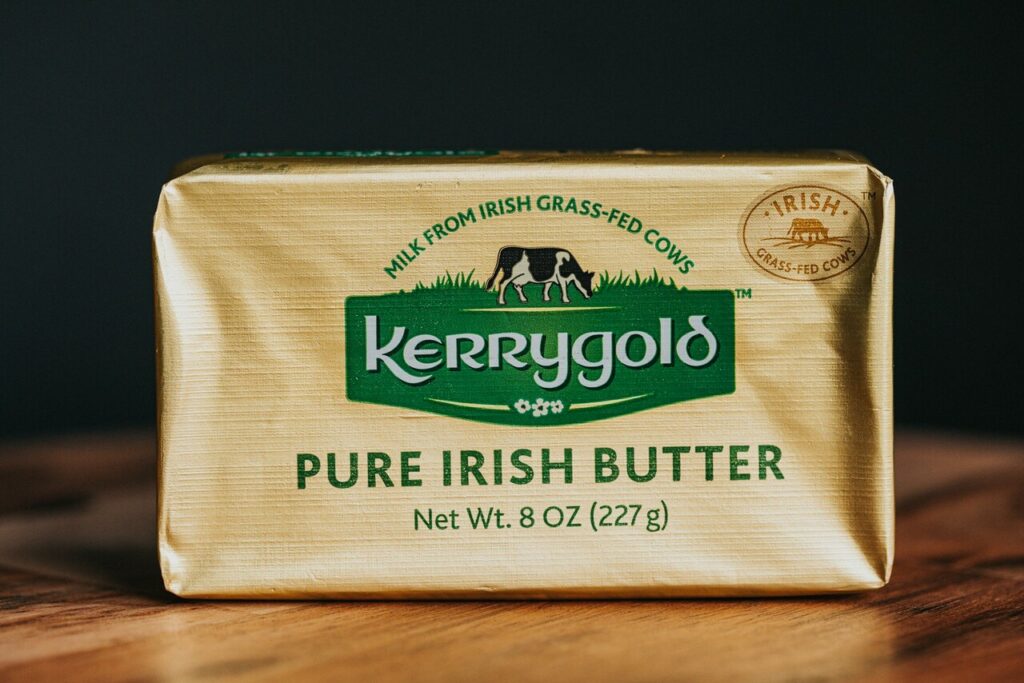
Butter is more than a spread; it’s the secret behind flaky pastries, rich sauces, and golden-brown vegetables. But not all butters are the same. Some brands focus on affordability, while others prioritize flavor, texture, and cream quality. The right butter can transform a simple dish into something memorable, making every bite richer and more satisfying. Discover the best and worst store-bought butters to elevate your cooking and baking with ease.
10. Imperial Spread
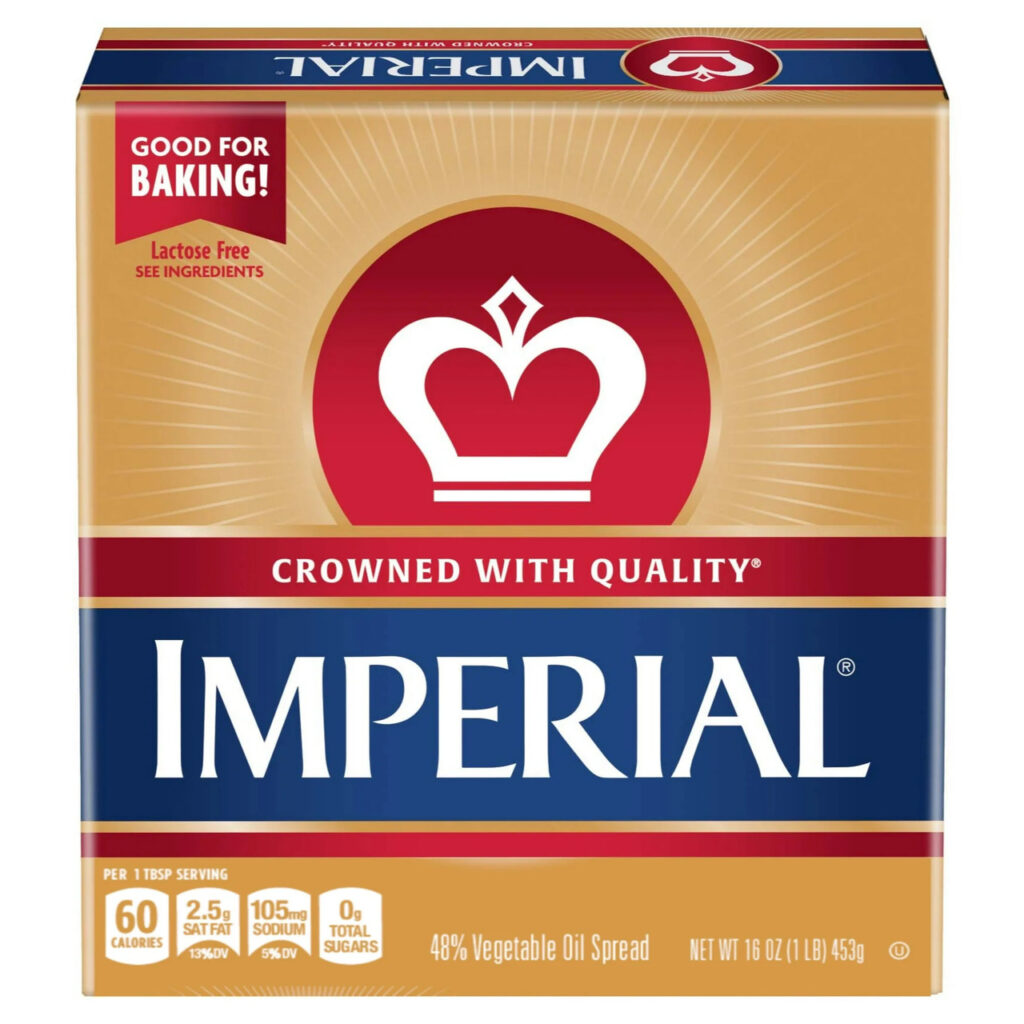
Imperial Spread is not dairy butter. It is a budget margarine made from vegetable oils, emulsifiers, and flavorings for ease and price. It spreads straight from the fridge and works on toast or for basic frying, but it lacks butter’s milk solids and water phase that drive aroma, emulsion, and browning. For pastries, pan sauces, or compound butter finishes, it will not deliver butter’s depth. Keep it for everyday, low-cost uses and do not treat it as a one-to-one butter substitute.
9. Blue Bonnet
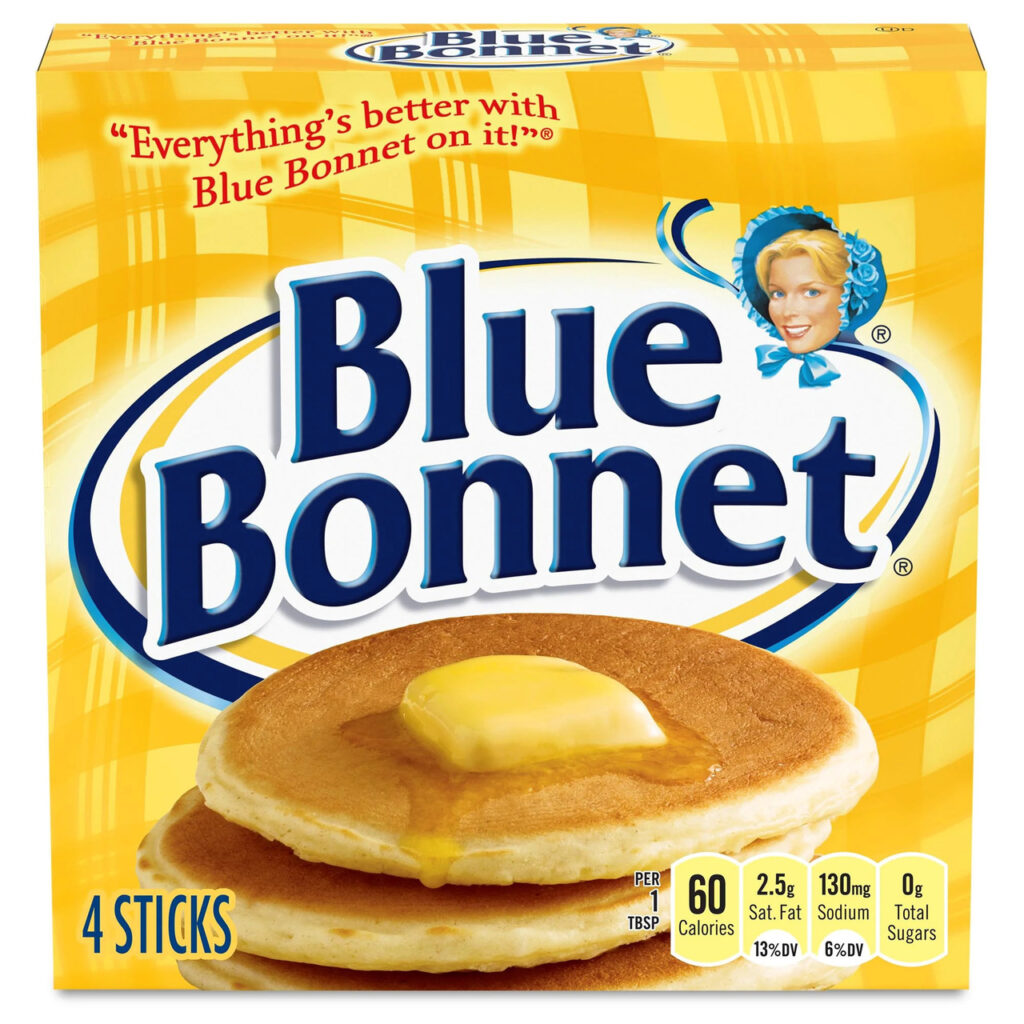
Blue Bonnet is a vegetable-oil spread rather than dairy butter, chosen when cost and spreadability matter most. It melts predictably and holds up in simple baking, with a broadly neutral, slightly greasy mouthfeel that is typical of margarine-style products. The trade-off is flavor and performance: no cultured tang, limited browning, and less dairy richness. When a true buttery note must shine in sauces or laminated dough, it falls short. Use it where budget and convenience outweigh nuance.
8. Country Crock Original
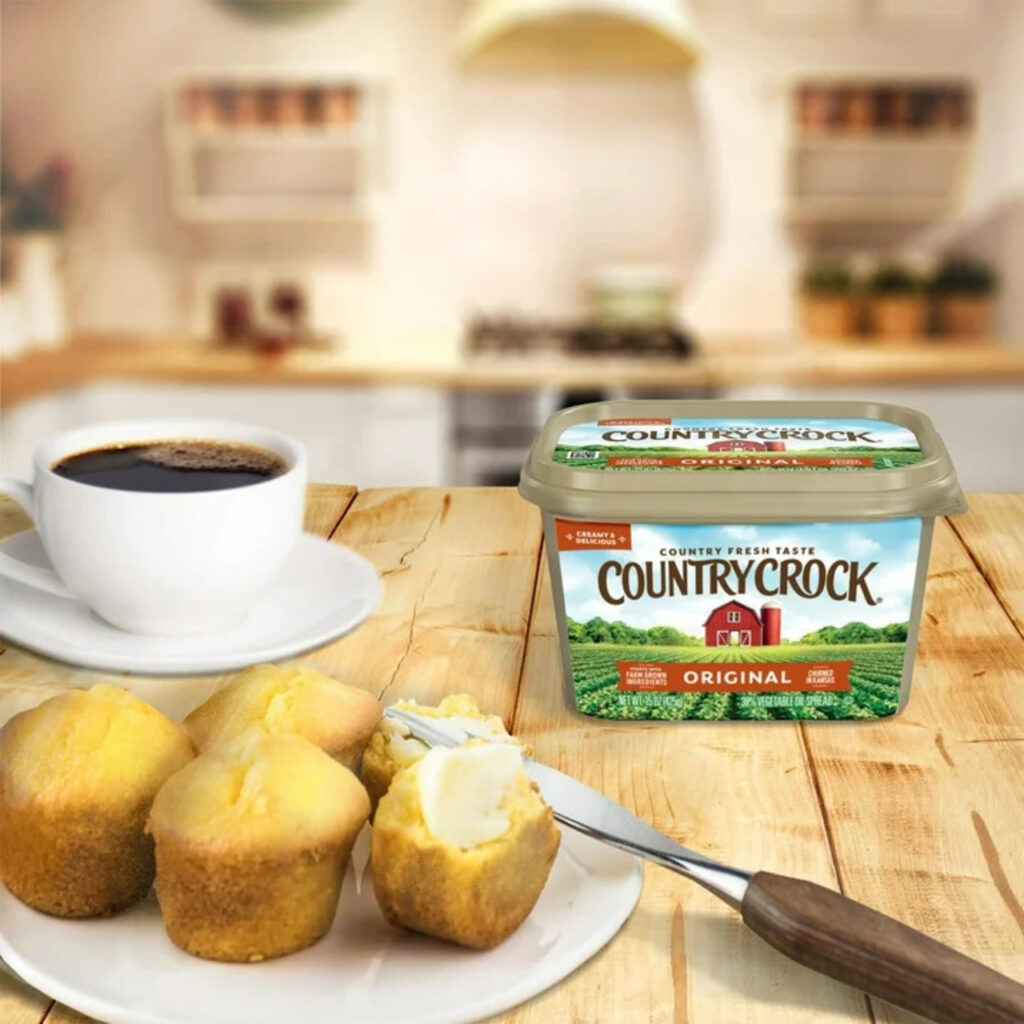
Country Crock Original is a plant-oil spread engineered for convenience and softness from the fridge. Because it does not contain milk solids, it will not brown like butter or provide the same savory depth in pan-cooked dishes. It is solid for spreading and light cooking, but reserve real butter for baking, reductions, and any place where Maillard reaction and dairy flavor matter. Treat it as a spread alternative, not a full-performance replacement for butter in technique-driven recipes.
7. Country Crock Plant Butter with Olive Oil
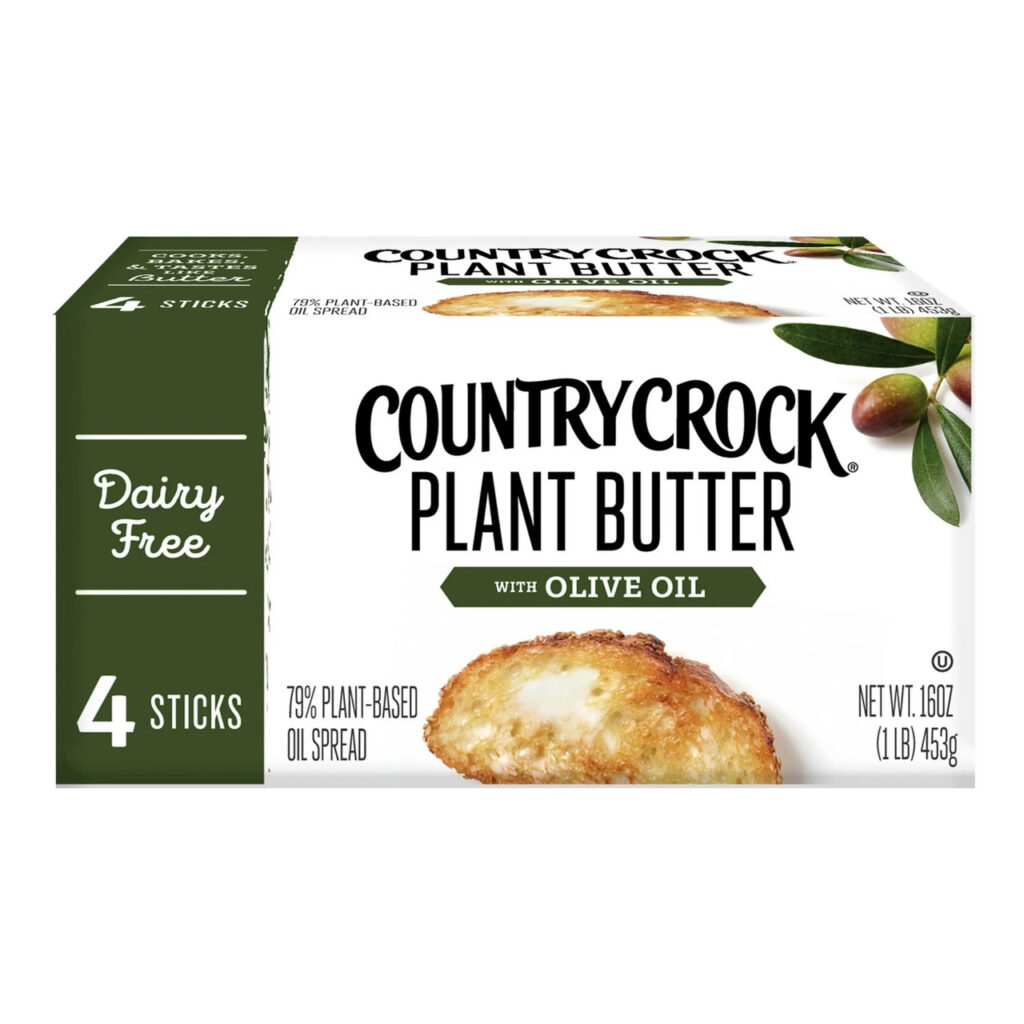
Country Crock Plant Butter with Olive Oil is a dairy-free spread that offers mild olive notes and very good spreadability. Its fat blend behaves differently under heat and in emulsions, so it will not produce the same structure in pastries or the toasty dairy flavors of browned butter. It is a quality option for bread or gentle sautéing and a fit for dairy-free diets. Use it intentionally as a plant-based substitute rather than a direct swap in delicate butter-forward baking.
6. Land O’Lakes Salted Butter
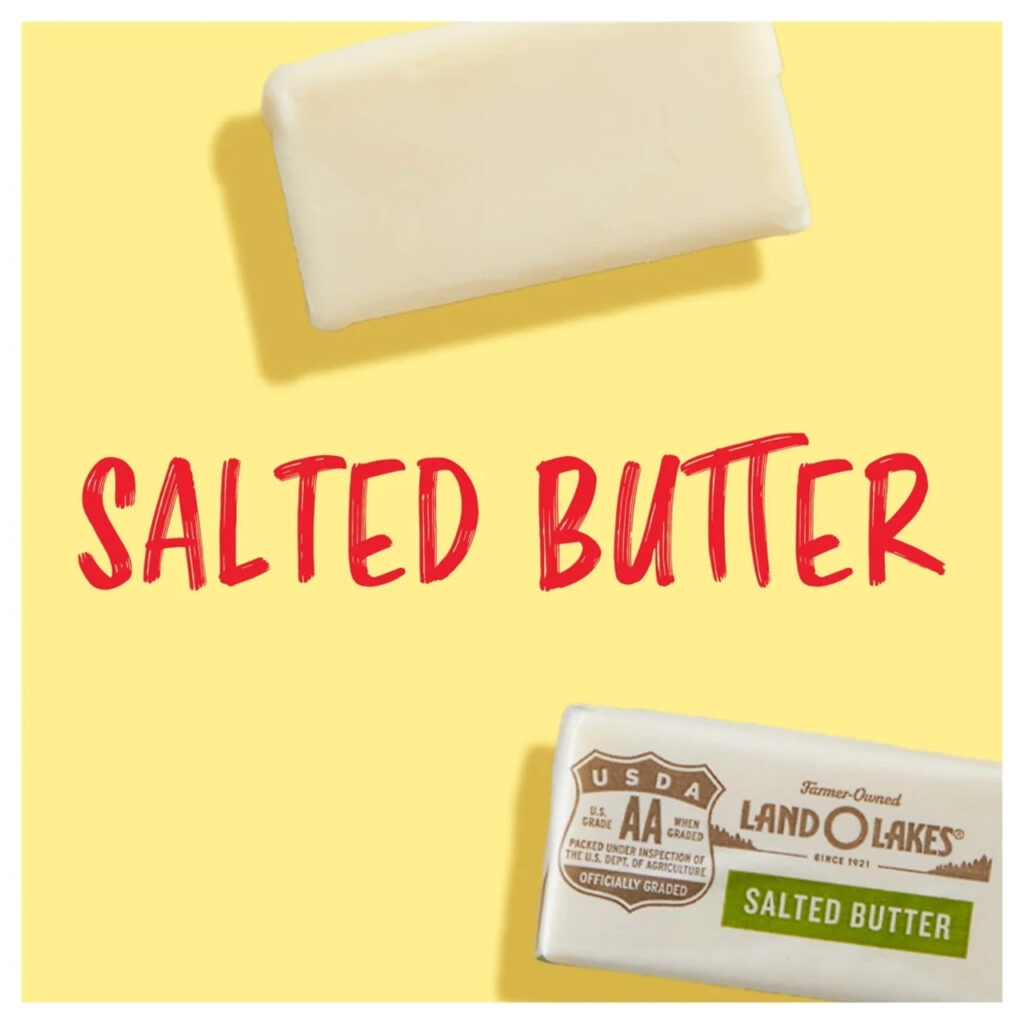
Land O’Lakes sits squarely in the mainstream butter lane for a reason: it’s consistent, clean, and reliable. The salted version has a measured salt hit that enhances bread, vegetables, and everyday cooking without overpowering. It doesn’t have the pronounced cultured tang of some small-batch butters, but that neutrality is useful; it won’t compete with other flavors, and it bakes dependably. For home cooks who want good results without fuss, Land O’Lakes is a go-to: affordable, widely available, and versatile across sauces, bakes, and table use.
5. Challenge Salted Butter

Challenge butter often shows up in regional kitchens because it’s straightforward and honest: fresh cream, careful churning, and a balanced finish. It tends to read slightly creamier than basic supermarket brands, and that makes it useful for both spreading and cooking. While not as perfumed as high-end cultured butters, Challenge can hold its own in most pastry and pan-frying tasks. If you bake regularly and want a step up from commodity butter without paying specialty prices, Challenge delivers pragmatic, consistent performance.
4. Vermont Creamery Cultured Butter
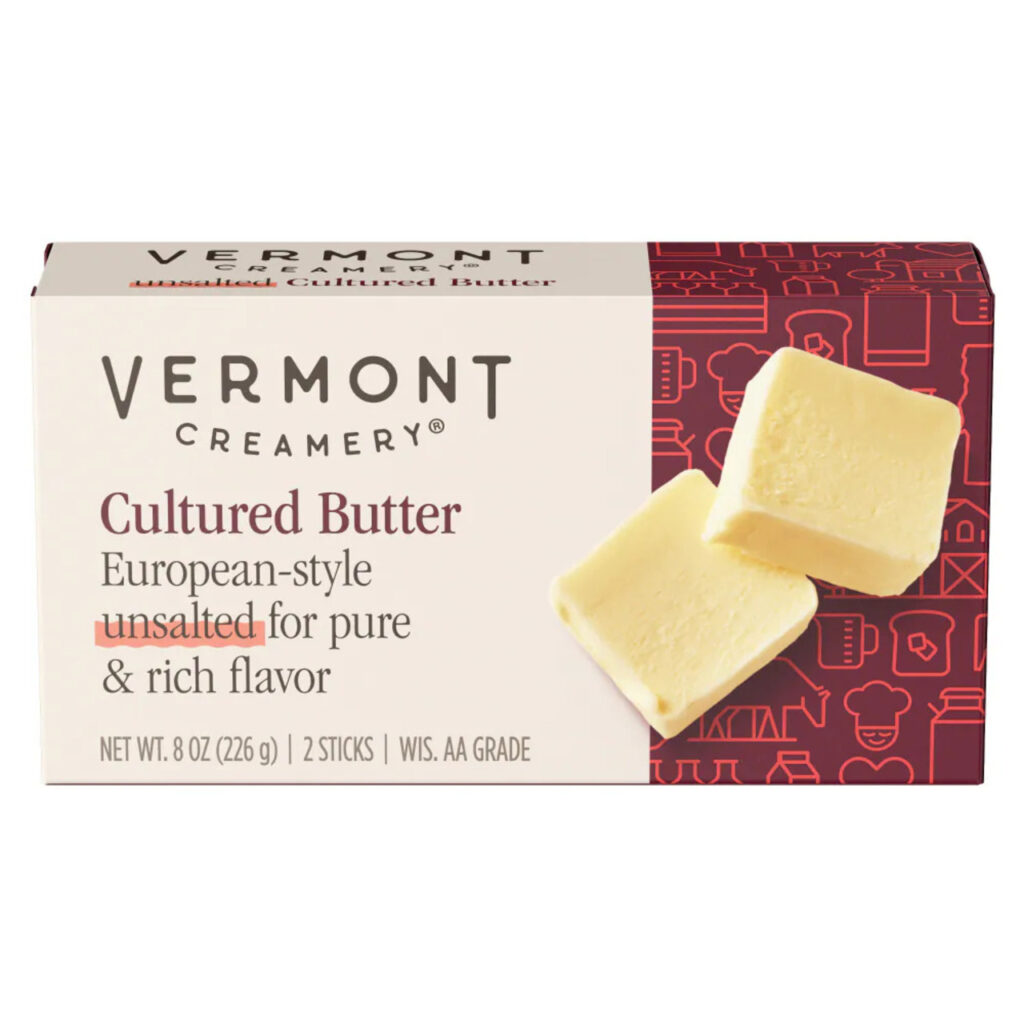
Here’s what cultured butter brings: clarity. Vermont Creamery’s cultured butter earns attention for its tangy, slightly acidic lift and silky texture. The cream is fermented before churning, which develops aromatic compounds that brighten bread, melt into sauces, and provide personality to compound butters. It’s a chef’s tool for finishing dishes, a pat melts and changes a plate, and it performs beautifully in recipes where flavor matters more than cost. Expect richness and nuance that make simple things taste elevated.
3. Plugrá European-Style Salted Butter

Plugrá represents that European-style butter category known for a denser texture and a fuller mouthfeel. European-style butters typically pack less water and higher butterfat than standard American butters, which matters a lot in pastry and laminated doughs. Plugrá’s consistency lends flakiness to pie crusts and strength to croissant lamination, while its flavor is deeper and more toasty when browned. Use it when you want pastry lift, better browning, and a richer chew; it’s a small step that makes a big difference in technique-driven baking.
2. Tillamook Sea Salted Extra Creamy Butter
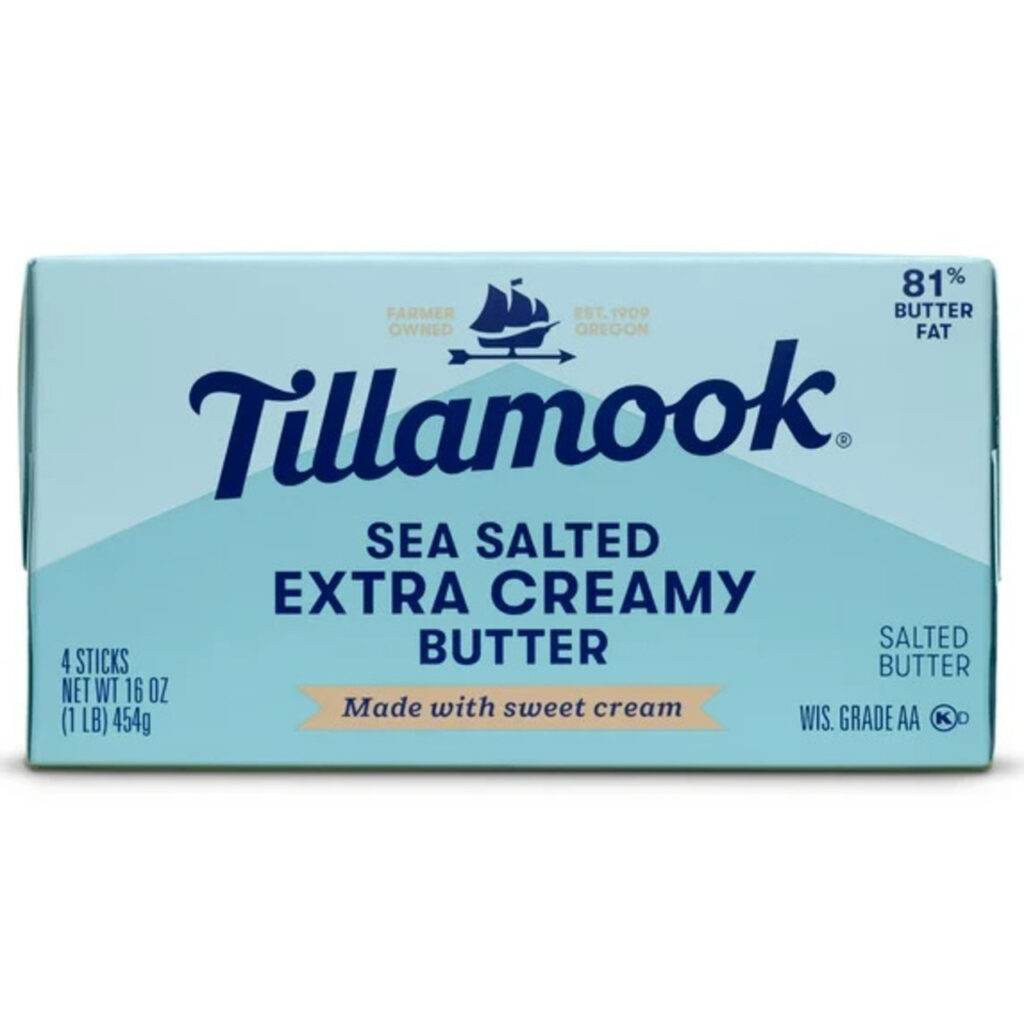
Tillamook’s extra creamy butter reads as exactly that, a clean, milk-forward butter with a slightly elevated creaminess and a bright salted edge. It melts beautifully, so it’s great for finishing grilled vegetables, basting fish, or simply slathering on warm bread. The extra creaminess gives a luscious mouthfeel that translates to rich sauces and smooth mashed potatoes. It’s approachable but not generic, and it handles both table use and everyday baking with poise, making it a favorite for cooks who want an easy upgrade.
1. Kerrygold Pure Irish Butter
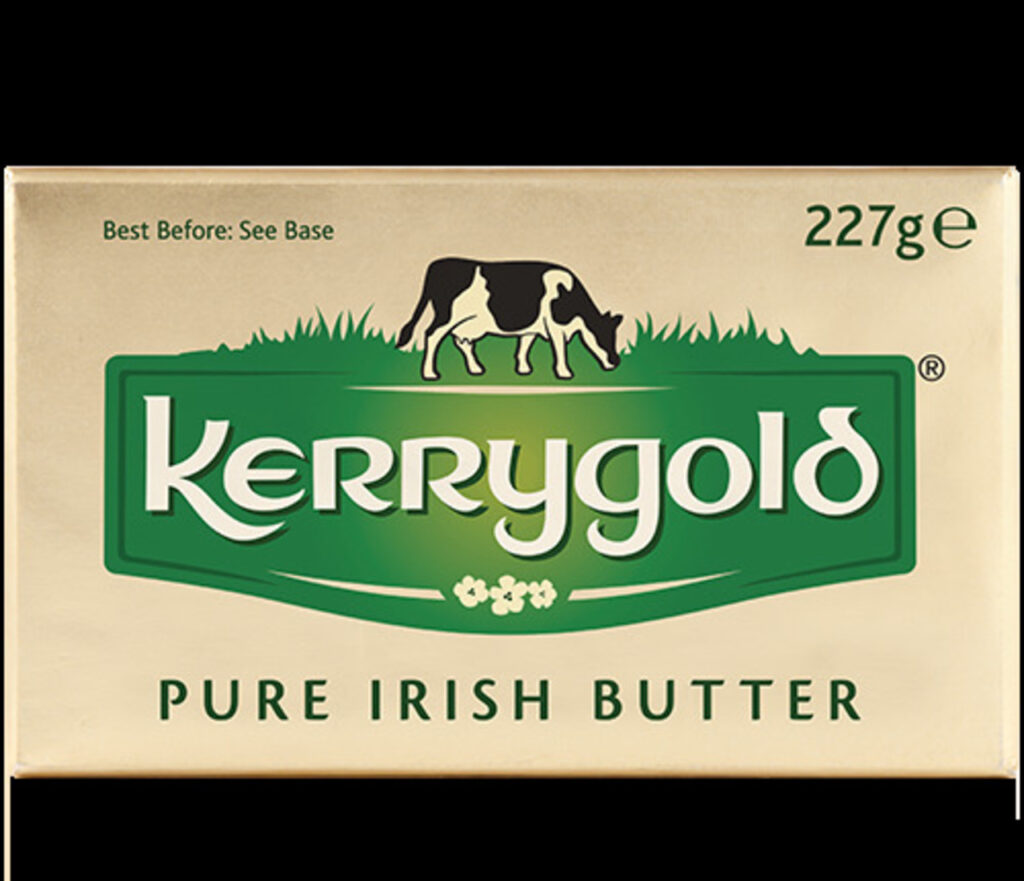
Kerrygold is where grass-fed dairy shows up in the flavor. The butter is golden, with a bold, grassy-sweet richness that stands out on toast and excels in both baking and finishing. Its higher perceived richness comes from cows grazing on lush pastures, producing cream with energetic flavor compounds. Kerrygold spreads well, browns beautifully, and lends a distinctive dairy depth to sauces and pastry. For many home cooks and pros, it’s the butter you reach for when you want the butter flavor to be unmistakable, generous, and deeply satisfying.
